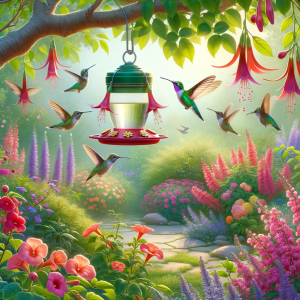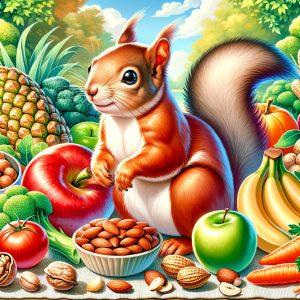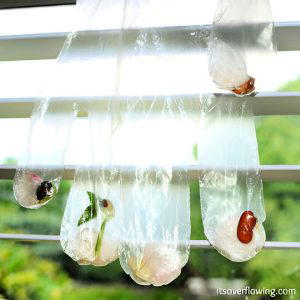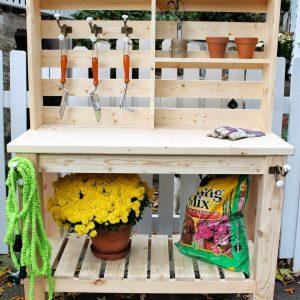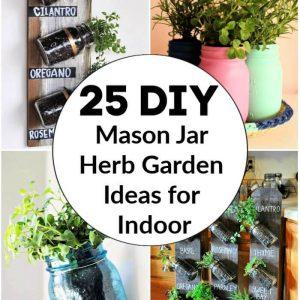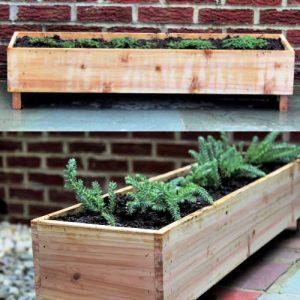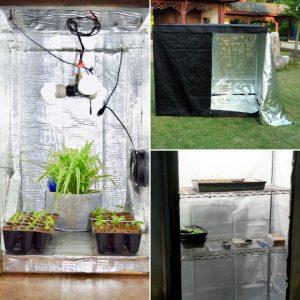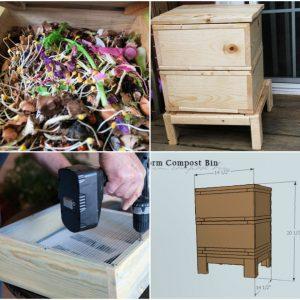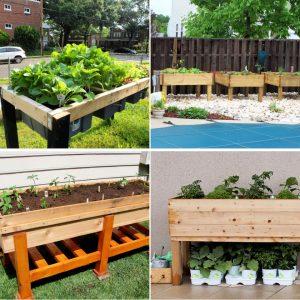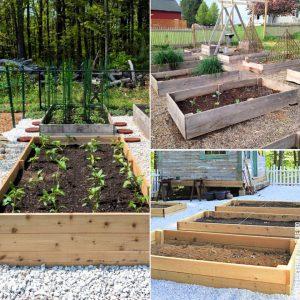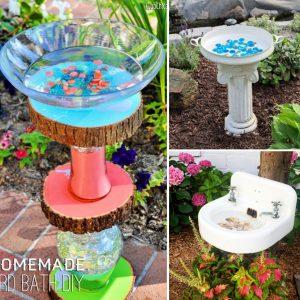Are you looking to bring the beauty and joy of hummingbirds into your garden? One of the best ways to attract these delightful birds to your outdoor space is by planting flowers that they love. Not only do these tiny birds bring visual delight and entertainment, but they also play a crucial role in pollination, making them a welcome addition to any garden.
By selecting the right flowers, you can create a welcoming habitat for hummingbirds, providing them with a source of nectar and enhancing the ecological diversity of your garden. Whether you’re an avid gardener or simply appreciate the beauty of nature, understanding the appeal of attracting hummingbirds and selecting the right flowers is key to creating a thriving outdoor environment.
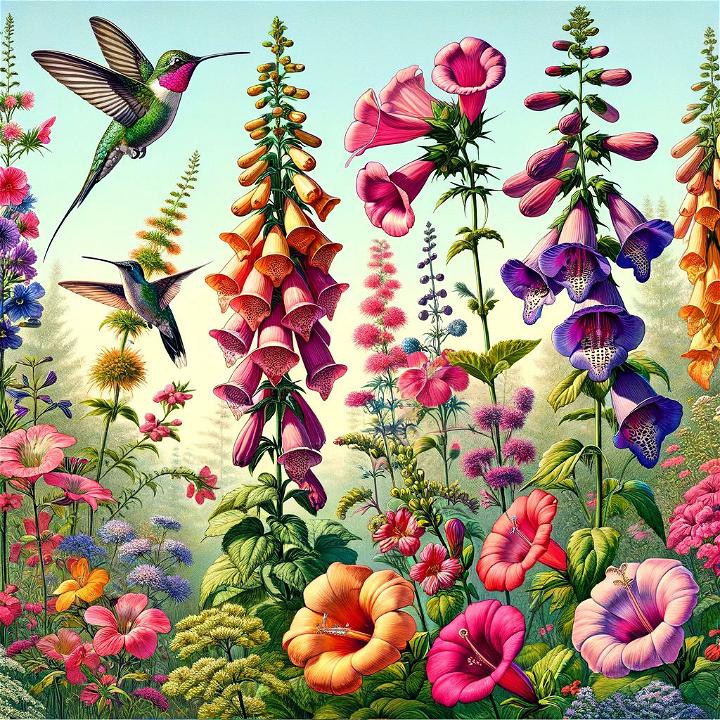
Understanding Hummingbird Behavior and Preferences
Hummingbirds are fascinating creatures with unique behavior patterns and specific preferences when it comes to selecting flowers for feeding. Understanding their migratory patterns, feeding habits, and sensory preferences is essential for attracting and supporting these delightful birds in our gardens.
Migratory Patterns and Seasonal Presence
Hummingbirds are known for their remarkable migratory journeys, traveling thousands of miles between their breeding and wintering grounds. By offering a variety of flowers that bloom at different times, gardeners can provide essential food sources for hummingbirds throughout their migration. It’s crucial to plant a combination of early, mid, and late-blooming flowers to accommodate their seasonal presence and ensure a consistent nectar supply.
Feeding Habits and Flower Selection
Hummingbirds are primarily nectar feeders, relying on the energy-rich substance found in flowers to fuel their high metabolism. To attract these tiny marvels, it’s important to provide a diverse array of nectar-rich blooms, including tubular-shaped flowers that are well suited to their long, specialized beaks. By offering a mix of flower shapes, colors, and sizes, gardeners can support the nutritional needs of these agile birds and create a welcoming habitat for them.
Visual and Olfactory Preferences
Hummingbirds are drawn to flowers with bright, vivid colors, particularly shades of red, orange, and pink, which are easily visible to their keen eyesight. Additionally, they are attracted to sweet-smelling blossoms with fragrant nectar. Some examples of flowers that align with these preferences include trumpet vine (Campsis radicans), bee balm (Monarda), and cardinal flower (Lobelia cardinalis). By incorporating these visual and olfactory cues into garden design, individuals can effectively attract and engage hummingbirds, contributing to the beauty and biodiversity of their outdoor spaces.
For more information on hummingbird behavior and flower preferences, you can refer to scholarly articles such as “Hummingbird behavior and mechanisms of selection on” and “Factors that Attract Hummingbirds.”
Selecting Flowers to Attract Hummingbirds
Attracting hummingbirds to your garden starts with selecting the right flowers. Understanding the difference between native flowers and cultivated varieties, as well as identifying nectar-rich flowers and planning a year-round blooming schedule, is essential for creating an inviting habitat for these delightful birds.
Native Flowers vs. Cultivated Varieties
Native flowers are species that naturally occur and have evolved in a specific region, making them well-suited to the local climate and soil conditions. Cultivated varieties, on the other hand, are cultivated forms of native species that have been selectively bred for specific traits such as color, size, or disease resistance.
Incorporating both native flowers and cultivated varieties in your garden offers a range of benefits. Native flowers provide a sense of natural authenticity and support local ecosystems, attracting a diverse range of pollinators besides hummingbirds. Cultivated varieties, with their varied colors and extended bloom times, add ornamental value to your garden while still providing essential nectar sources for hummingbirds.
Top Nectar-Rich Flowers for Hummingbirds
Certain nectar-rich flowers are particularly attractive to hummingbirds due to their specific characteristics. Salvia, with its tubular flowers, provides abundant nectar and comes in a variety of colors, attracting hummingbirds throughout the blooming season. Penstemons offer trumpet-shaped blossoms that are rich in nectar and are available in a range of hues, making them an irresistible choice for hummingbirds.
Columbines, with their unique spurred petals and sweet nectar, are also highly appealing to hummingbirds. These flowers, among others like bee balms and lupines, form a diverse palette of nectar-rich options for attracting and nourishing hummingbirds in your garden.
Creating a Year-Round Blooming Schedule
To cater to the year-round needs of hummingbirds, it’s essential to plan a garden layout that ensures a continuous bloom of flowers across different seasons. Incorporating early bloomers like winter jasmine and crocuses provides a vital nectar source for hummingbirds in early spring when natural nectar may be scarce.
As the seasons progress, including summer bloomers such as bee balms, salvias, and rudbeckias ensures a sustained nectar supply for hummingbirds. Fall bloomers like asters and sedums are crucial in extending the nectar flow into the autumn months, preparing the hummingbirds for the approaching winter. By strategically planning your garden to include a variety of flowers with staggered blooming times, you can provide a consistent nectar source for hummingbirds throughout the year.
Creating a Hummingbird-Friendly Garden Environment
Attracting hummingbirds to your garden involves creating a welcoming habitat that meets their specific needs. By focusing on factors like water features, nesting sites, and avoiding pesticides, you can transform your garden into a vibrant haven for these mesmerizing creatures.
Water Features and Nesting Sites
Hummingbirds are attracted to the sound and sight of moving water. Incorporating water features such as fountains or birdbaths not only provide drinking and bathing opportunities for hummingbirds but also enhance the overall aesthetic appeal of your garden. How to Create a Hummingbird-Friendly Yard suggests that maintaining shrubbery and providing suitable nesting sites can encourage hummingbirds to nest in your yard. By planting trees and leaving dead twigs on a tree or other potential nesting locations, you can create a safe and inviting environment for these tiny birds. The article also recommends creating a tiered effect with plants to give hummingbirds greater access to food sources without obstructing views.
Avoiding Pesticides and Chemicals
Hummingbirds are particularly sensitive to chemical exposure, making it crucial to maintain an organic and pesticide-free garden environment. The use of insecticides can harm these birds as they can ingest poisons when they eat insects, as highlighted in Designing A Hummingbird Garden: 15 Ways to Keep Them Coming. Additionally, How to Attract Hummingbirds to Your Garden emphasizes the importance of avoiding pesticides and herbicides in your garden to ensure the safety and well-being of hummingbirds. By opting for natural pest control methods and refraining from the use of chemicals, you can create a healthy and thriving environment that is conducive to the needs of hummingbirds.
By implementing these practices in your garden, you can create an enchanting environment that not only attracts hummingbirds but also supports their overall well-being and vitality.
Maintaining a Hummingbird-Friendly Garden
Creating a hummingbird-friendly garden goes beyond just planting the right flowers. Regular maintenance and observation are essential for sustaining an environment that attracts and supports these enchanting creatures. Here’s how to maintain a garden that continues to thrive with hummingbird activity.
Pruning and Deadheading Flowers
Regular pruning and deadheading of flowers are essential practices in maintaining a hummingbird-friendly garden. Pruning involves the removal of dead or overgrown branches, while deadheading refers to the removal of faded or dead flower blooms.
Pruning and deadheading offer multiple benefits. By consistently removing spent blooms and excess growth, you encourage plants to focus on producing new flowers, promoting continuous blooming throughout the season. This ensures a readily available nectar source for hummingbirds. Additionally, regular maintenance helps maintain the visual appeal of the garden, creating an inviting environment for these tiny visitors.
To learn more about the benefits of deadheading flowers and how to incorporate this practice into your gardening routine, visit A Guide to Deadheading Flowers in Your Garden and Deadheading Flowers – Benefits, Tips & Tricks + Things to Consider.
Regular Monitoring and Observation
Actively monitoring and observing the behavior of hummingbirds in your garden is key to making informed adjustments that cater to their preferences. Regular observations allow you to understand the specific flowers and areas within your garden that attract and engage hummingbirds.
By paying close attention to their interactions with different flowers and perching spots, you can identify their preferences and make strategic decisions to enhance the garden’s appeal to these feathered visitors. This could involve planting more of their favorite flowers, offering additional perching spots, or making other adjustments to create an irresistible habitat for hummingbirds.
For more information on observational activities and hummingbird behavior, explore Hummingbird: Basic Observational Activities and Monitoring – An Essential Tool for Understanding Hummingbird Behavior.
By integrating these maintenance practices and observation strategies, you can create a vibrant, hummingbird-friendly garden that continues to captivate and delight these remarkable birds.
FAQs about Hummingbird Flowers
So, you’ve decided to attract hummingbirds to your garden and are looking for the perfect flowers to achieve your goal. Here are some frequently asked questions about hummingbird flowers and how to care for them:
What are hummingbird flowers?
Hummingbird flowers are a variety of nectar-rich blossoms that are specifically appealing to hummingbirds due to their bright colors and tubular shapes. These flowers provide a natural food source for hummingbirds, and in return, the birds pollinate the flowers as they feed.
Which are the best flowers to attract hummingbirds?
Some of the best flowers to attract hummingbirds include trumpet vine, bee balm, salvia, cardinal flower, and penstemon. These flowers are rich in nectar and have vibrant colors that capture the attention of hummingbirds. Planting a variety of these flowers can ensure a continuous food source for hummingbirds throughout the blooming season.
How do I care for hummingbird flowers?
Caring for hummingbird flowers involves providing the right growing conditions, including ample sunlight, well-drained soil, and regular watering. It’s also essential to deadhead the flowers regularly to encourage continuous blooming and nectar production. Additionally, using organic fertilizers can promote healthier and more vibrant blooms, further attracting hummingbirds to your garden.
Can I grow hummingbird flowers in pots or containers?
Yes, many hummingbird flowers can thrive in pots or containers, making them suitable for both garden beds and patio displays. Choosing the right potting mix, providing adequate drainage, and placing the containers in a sunny location are crucial for the successful growth of hummingbird flowers in pots.
When is the best time to plant hummingbird flowers?
The best time to plant hummingbird flowers is in the spring when the soil has warmed up and the risk of frost has passed. This allows the plants to establish strong root systems before the blooming season, ensuring robust growth and abundant nectar production to attract hummingbirds.
Remember, creating a hummingbird-friendly garden with these vibrant flowers not only adds beauty to your outdoor space but also contributes to the well-being of these delightful avian visitors.
Conclusion
After exploring the various flowers that attract hummingbirds, it’s clear that a well-curated garden can be a haven for these delightful creatures. By choosing a selection of perennial, biennial, and annual flowers known for their appeal to hummingbirds, you can create a vibrant and welcoming environment for these tiny birds.
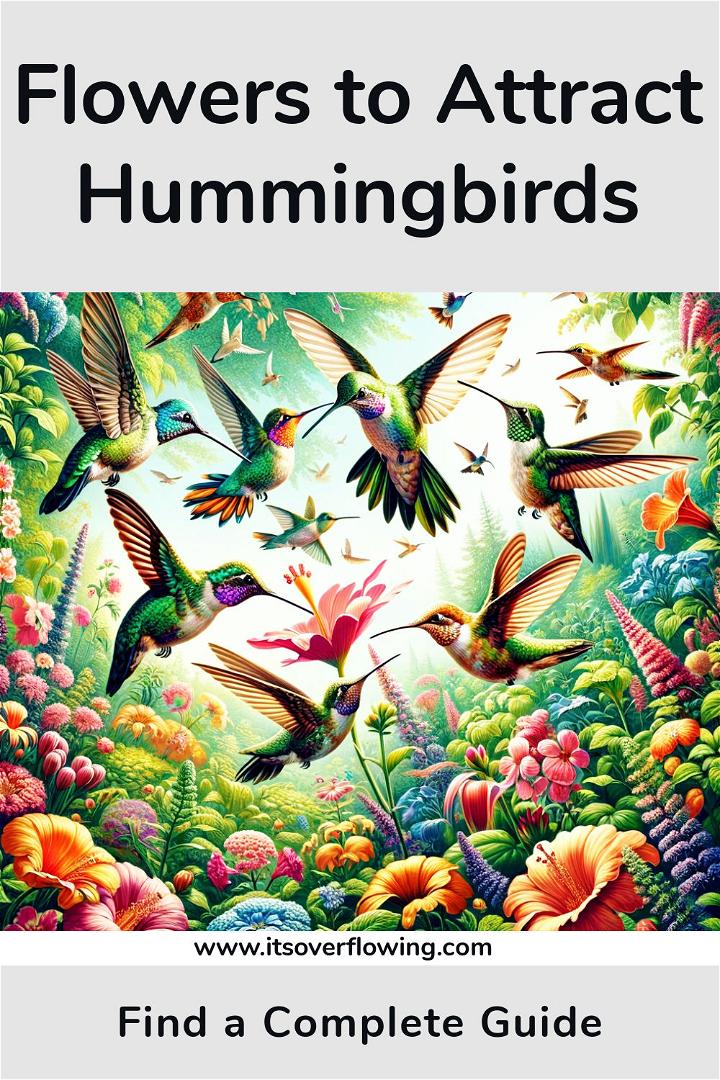
Enhancing Your Garden
Consider incorporating a mix of perennial options such as bee balm, columbines, and daylilies, along with biennials like foxgloves and hollyhocks. Adding some annuals such as cleomes and zinnias will further enrich the diversity of nectar sources, ensuring a continuous supply of blooms throughout the seasons.
Gardening for Wildlife
By planting a variety of flowers that attract hummingbirds, you not only beautify your surroundings but also contribute to the conservation of these fascinating creatures. Creating a habitat that supports and sustains natural wildlife enriches the ecosystem and brings a sense of fulfillment to any garden enthusiast.
Enjoying the Results
Observing these tiny, iridescent visitors flitting from flower to flower, their delicate wings a blur of motion, is a rewarding experience that brings joy and wonder to any outdoor space. By nurturing a hummingbird-friendly garden, you can relish the enchanting sights and sounds of these remarkable birds.
Transforming your garden into a haven for hummingbirds through thoughtful plant selection and gardening practices can lead to a more vibrant and dynamic outdoor environment. With a little care and consideration, you can turn your garden into a hummingbird paradise, creating a harmonious space where nature and beauty thrive.
For more tips and information, check out Which Flowers Attract Hummingbirds?, 17 Best Flowers to Attract Hummingbirds, and 15 Best Hummingbird Flowers to Plant.

